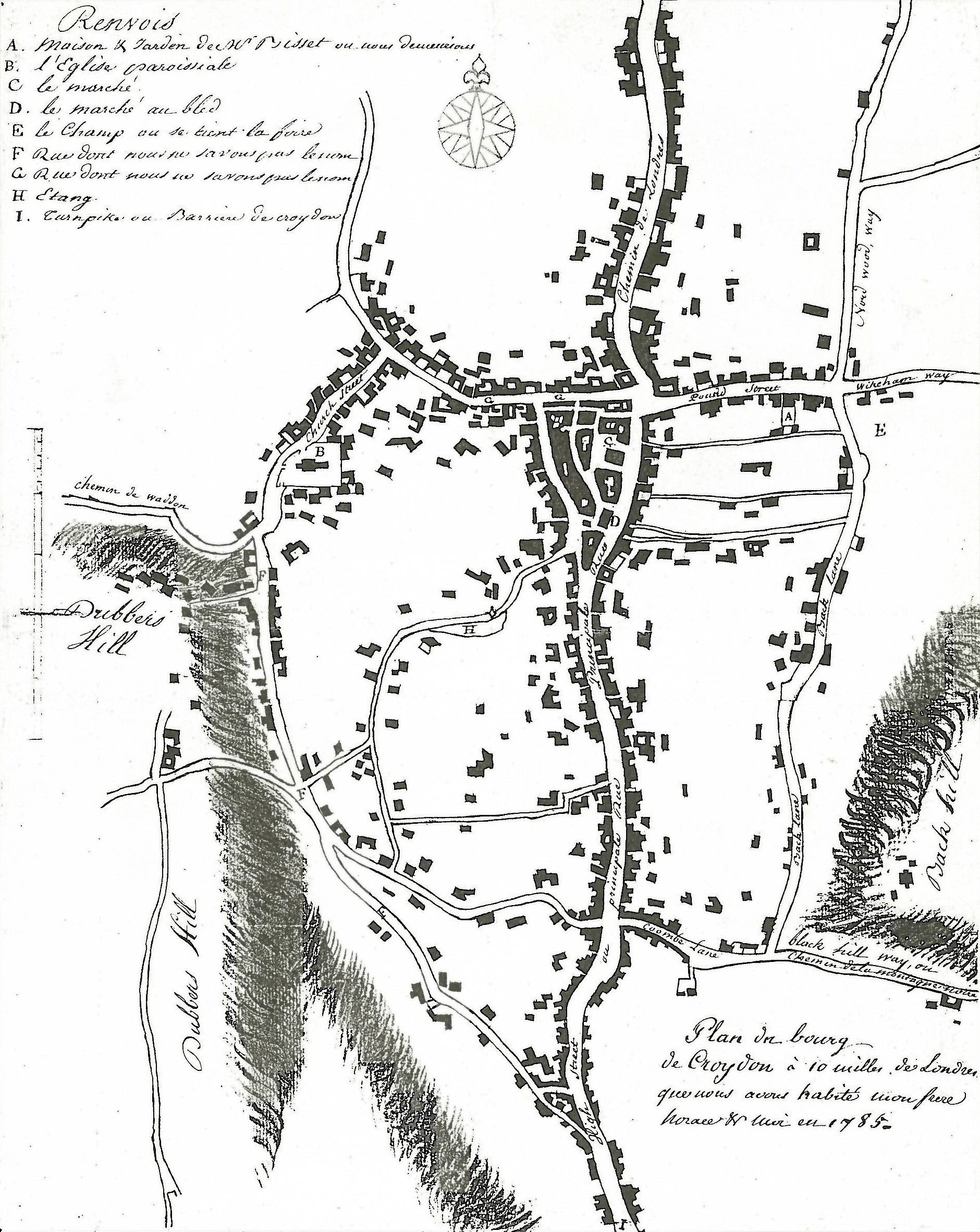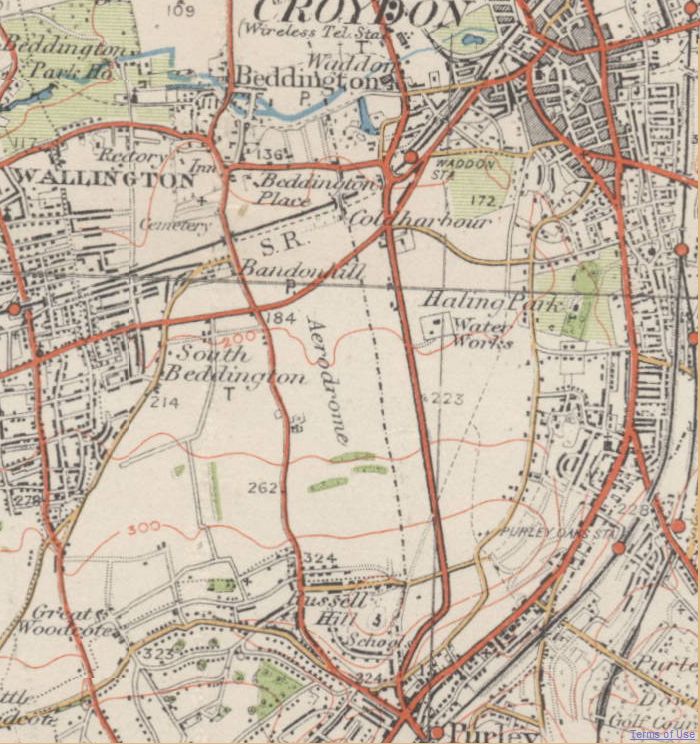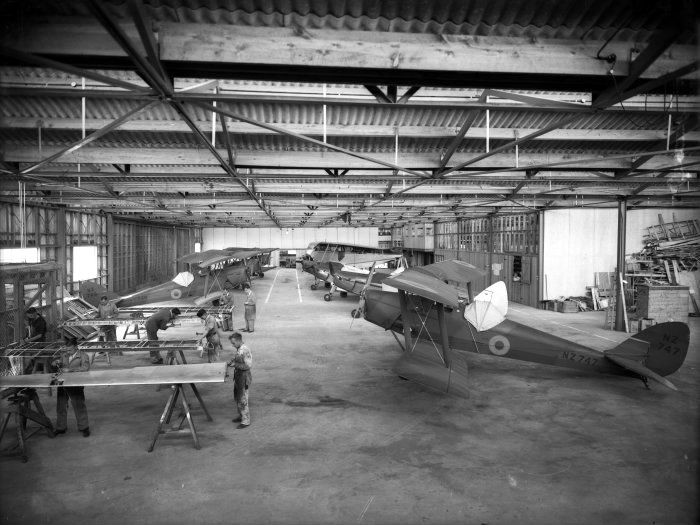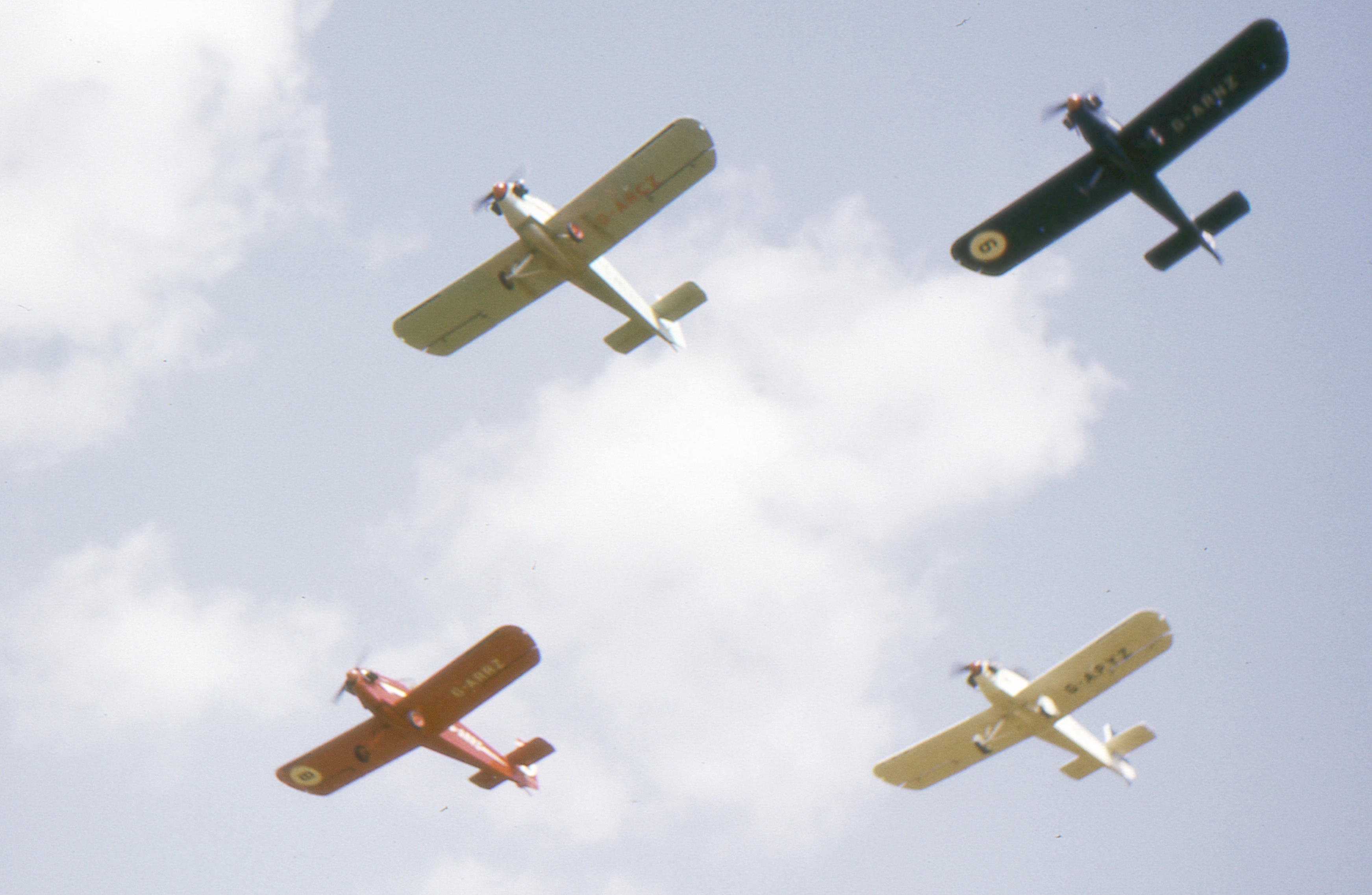|
Rollason Aircraft And Engines
Rollason Aircraft and Engines Limited was a British aircraft manufacturer and aircraft maintenance and refurbishment company from its formation in 1957. History The company was founded in 1943 by W.A. Rollason at Croydon Airport along with a sister company W.A. Rollason Limited and Rollason Aircraft Services Limited. The Rollason companies were involved in the maintenance and overhaul of a large variety of aircraft and engines, primarily based at Croydon with engine work done at Shoreham. After the war, a major source of business was the purchase of military surplus aircraft, particularly the de Havilland Tiger Moth, for re-sale in the civil market. The company was noted for the quality of their work on reconditioning Tiger Moths.Benjamin 1988, p. 145 In 1957, the failing companyJones 2002, p. 7 was bought by Norman Jones who reorganised the business as Rollason Aircraft & Engines.Benjamin 1988, p. 14 The company continued to maintain and refurbish aircraft, parti ... [...More Info...] [...Related Items...] OR: [Wikipedia] [Google] [Baidu] |
Croydon
Croydon is a large town in south London, England, south of Charing Cross. Part of the London Borough of Croydon, a local government district of Greater London. It is one of the largest commercial districts in Greater London, with an extensive shopping district and night-time economy. The entire town had a population of 192,064 as of 2011, whilst the wider borough had a population of 384,837. Historically an ancient parish in the Wallington hundred of Surrey, at the time of the Norman conquest of England Croydon had a church, a mill, and around 365 inhabitants, as recorded in the Domesday Book of 1086. Croydon expanded in the Middle Ages as a market town and a centre for charcoal production, leather tanning and brewing. The Surrey Iron Railway from Croydon to Wandsworth opened in 1803 and was an early public railway. Later 19th century railway building facilitated Croydon's growth as a commuter town for London. By the early 20th century, Croydon was an important industria ... [...More Info...] [...Related Items...] OR: [Wikipedia] [Google] [Baidu] |
Croydon Airport
Croydon Airport (former ICAO code: EGCR) was the UK's only international airport during the interwar period. Located in Croydon, South London, England, it opened in 1920, built in a Neoclassical style, and was developed as Britain's main airport, handling more cargo, mail, and passengers than any other UK airport at the time. Innovations at the site included the world's first air traffic control and the first airport terminal. During World War II the airport was named RAF Croydon as its role changed to that of a fighter airfield during the Battle of Britain; and in 1943 RAF Transport Command was founded at the site, which used the airport to transport thousands of troops into and out of Europe. After the Second World War, its role returned to civil aviation, but the role of London's primary international airport passed to London Heathrow Airport. Croydon Airport closed in 1959. It had been known under eight different names while it was active. In 1978, the terminal buildin ... [...More Info...] [...Related Items...] OR: [Wikipedia] [Google] [Baidu] |
De Havilland Tiger Moth
The de Havilland DH.82 Tiger Moth is a 1930s British biplane designed by Geoffrey de Havilland and built by the de Havilland Aircraft Company. It was operated by the Royal Air Force (RAF) and other operators as a primary trainer aircraft. In addition to the type's principal use for ''ab initio'' training, the Second World War had RAF Tiger Moths operating in other capacities, including maritime surveillance and defensive anti-invasion preparations; some aircraft were even outfitted to function as armed light bombers. The Tiger Moth remained in service with the RAF until it was replaced by the de Havilland Chipmunk during the early 1950s. Many of the military surplus aircraft subsequently entered into civilian operation. Many nations have used the Tiger Moth in both military and civilian applications, and it remains in widespread use as a recreational aircraft. It is still occasionally used as a primary training aircraft, particularly for those pilots wanting to gain exper ... [...More Info...] [...Related Items...] OR: [Wikipedia] [Google] [Baidu] |
Druine Turbulent
The Druine D.31 Turbulent is a French single-seat ultralight Homebuilt aircraft designed by Roger Druine.Jackson Vol 2 1988, p. 303. Development The D.31 Turbulent was designed to be amateur-built and is a single-seat ultra-light aircraft with cantilever low-wing and fixed tailwheel landing gear. Designed to be powered by a 30 hp (1200cc) Volkswagen or similar engine. The fuselage and wings use wood construction with fabric covering. Rollason Aircraft & Engines Limited produced 26 factory-built D.31 aircraft in the United Kingdom and three D.31A models with strengthened wing spar in order to get a full British certificate of Airworthiness.Jackson Vol 3 1988, pp. 546–548. Five Turbulents are operated by the Tiger Club in 2019. The rights to plans for the design are held by the UK Light Aircraft Association.Bayerl, Robby; Martin Berkemeier; et al: ''World Directory of Leisure Aviation 2011–12'', page 107. WDLA UK, Lancaster UK, 2011. ISSN 1368-485XTacke, Willi; Marino Bori ... [...More Info...] [...Related Items...] OR: [Wikipedia] [Google] [Baidu] |
Druine Condor
The Druine D.60 Condor is a light aircraft designed by Roger Druine in France in the 1950s. Druine’s primary aim was to design a trainer aircraft for amateur construction. The Condor was subsequently made in quantity in the UK by Rollason Aircraft & Engines.Jackson 1988, pp. 548-550. History The first Condor ''F-WBIX'' first flew in 1956. The Condor was an evolution of the Druine Turbi, but featured an extensively revised fuselage allowing the pilot and instructor to sit side by side under a full canopy. Norman Jones, the founder of the Tiger Club and owner of Rollason Aircraft & Engines, had already had a number of Druine Turbulents built by his company and hit upon the idea of developing the Condor for the demands of club flying. With a number of refinements to the design, Rollason Aircraft and Engines undertook series production at Croydon Airport from 1961 as the Rollason Condor. As Croydon had closed for flying in 1959, all aircraft were transported to Redhill, where ... [...More Info...] [...Related Items...] OR: [Wikipedia] [Google] [Baidu] |
Stampe SV
Stampe is a surname of German origin. Notable people with the surname include: *John Stampe (1957–2012), Danish football player and coach *Rigmor Stampe (1850–1923), Danish baroness, writer and philanthropist *Veronika Stampe Veronika Stampe is an East German retired slalom canoeist who competed in the early 1970s. She won two medals at the 1971 ICF Canoe Slalom World Championships in Meran Merano (, , ) or Meran () is a city and ''comune'' in South Tyrol, northe ... East German retired slalom canoeist See also * Stampe et Vertongen, a Belgian aircraft manufacturer * Stampee also called "stampe", a coin made by overstamping another foreign coin References {{Reflist Surnames of German origin ... [...More Info...] [...Related Items...] OR: [Wikipedia] [Google] [Baidu] |
Rollason Beta
The Rollason Beta was a British midget racing monoplane developed from a competition to build a Formula One air racer in the 1960s in England.Jackson 1988, p.288 The Beta was first flown on 21 April 1967. The aircraft were successful air-racers in England during the late 1960s and early 1970s. Development The Beta was designed by the Luton Group (who were young technicians employed by the British Aircraft Corporation at Luton) in a competition to design a racing aircraft, the Rollason Midget Racer Design Competition 1964. The Beta is a fully aerobatic wooden low-wing cantilever monoplane with a cantilever tailplane with a single fin and rudder, powered by a Continental engine of between 65 and 100 hp. It has a fixed-tailwheel landing gear and an enclosed cockpit for the pilot. The original prototype Luton Beta was not completed. The design was built commercially by Rollason Aircraft and Engines Rollason Aircraft and Engines Limited was a British aircraft manufacturer a ... [...More Info...] [...Related Items...] OR: [Wikipedia] [Google] [Baidu] |





